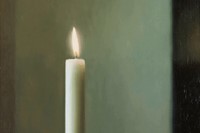Defined, without any hesitation, as one of the most important practitioners in contemporary art, as well as the most expensive living artist, Gerhard Richter has been making paintings since the 1950s, when he studied at the Art Academy in his
Who? Defined, without any hesitation, as one of the most important practitioners in contemporary art, as well as the most expensive living artist, Gerhard Richter has been making paintings since the 1950s, when he studied at the Art Academy in his hometown of Dresden. Born a year before Hitler became Chancellor in 1933, Richter found himself ineluctably connected to a history that has become one of the focal points of his thinking and body of work. Two paintings in particular sum this up: both from 1965, Uncle Rudi depicts the artist's relative posing proudly in his SS uniform; in Aunt Marianne we see a young girl holding her nephew (Richter as a baby) who would later be sterilised and murdered by the Nazis. It was only after leaving school at fourteen that Richter began seriously attempting drawing and photography, and in 1961, after crossing over to West Germany, he could start his career properly. It was during this period that the artist began making his photo-paintings, for which he has become particularly renowned, and met other artists including Konrad Fischer and Sigmar Polke. Richter has received an abundance of retrospectives since his first in 1976, including those at the Tate, MoMA, the Art Gallery of Ontario, and Chicago's Museum of Contemporary Art.
"The exhibition depicts an artist who has constantly reinvented how to paint and often does so with alarming skill"
What? Gerhard Richter: Panorama at Tate Modern offers a major overview of the artist's career, spanning close to five decades, curated by Nicholas Serota and Mark Godfrey. In the exhibition catalogue Godfrey states that the show's title signals the desire to look at all aspects of the artist's output – a simple yet extremely valuable aim compared to other surveys: "Recently, more attention has been given to some periods of his work (the 1960s, the late 1980s) than others, and there have also been shows devoted to particular genres. This exhibition proceeds from the conviction that all moments of his career speak to us today". Tate's retrospective skilfully reveals all the key periods, such as the Grey Paintings and Colour Charts, the acidic abstract canvases undertaken in the early 1980s which employed a squeegee for mark-making, and the photorealist portraits which include two iconic images of his daughter Betty. The series of paintings Richter made which depict the Baader Meinhof gang are also, rarely, presented, continuing the artist's need to explore part of a history which he felt had been both avoided and forgotten by his country. The inclusion of September 2005 – Richter's study of the 9/11 attack – highlights a preoccupation with significant historical moments in general.
Why? As each room in Panorama shows us, here is an artist who is hard to pin down. For someone who holds such art historical stature, consistent style isn't something that can be located. One minute you are looking at a painting of a deliberately blurred grey portrait; next to it will hang a vanitas painting of candles. The exhibition depicts an artist who has constantly reinvented how to paint and often does so with alarming skill. And even though terror and death have invaded much of the artist's work, there are moments of utter beauty. Whether separate or intertwined, it is there.
Gerhard Richter: Panorama runs at Tate Modern until January 8 2012.
Text by Allie Biswas
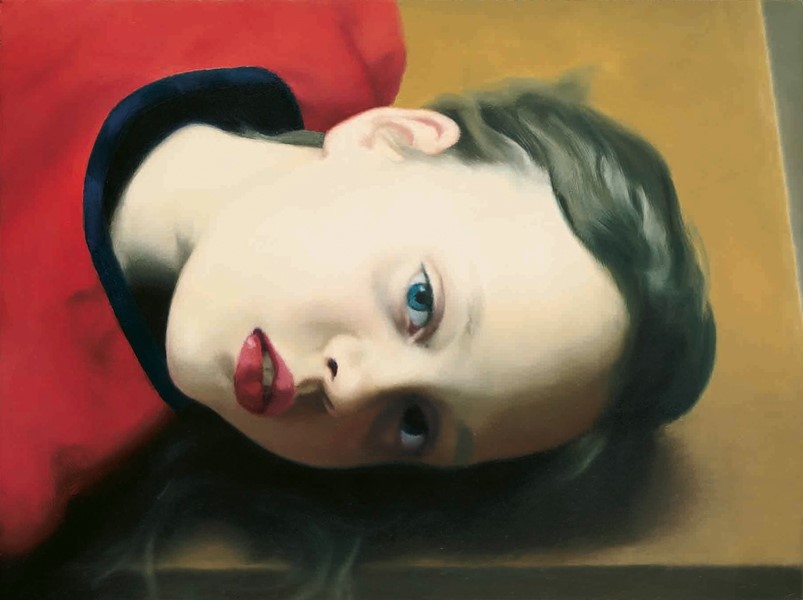
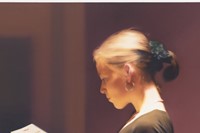
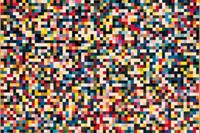
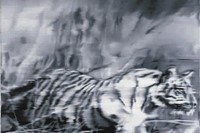
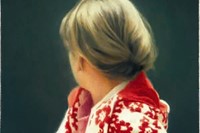
![Aunt Marianne [Tante Marianne], 1965](https://images-prod.anothermag.com/200/0-18-655-436/azure/another-prod/180/4/184775.jpg)
